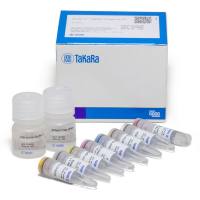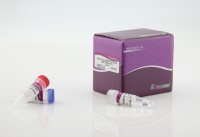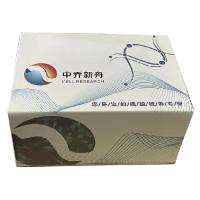The Use of PCR for Differential Screening of cDNA Libraries
互联网
572
Differential screening (1 ) is probably the most direct approach for the identification of new genes whose expression is associated with a change in physiological conditions. Traditionally, the approach involved the probing of duplicate plaque lifts of cDNA libraries with different radiolabeled cDNA populations. Following this, second- and often third-round screens of putative clones representing differentially expressed genes were necessary in order to be certain that the isolated clones were clonal and truly differentially expressed. In recent years, other approaches have been developed, including the production of subtracted cDNA libraries (2 –4 ) differential display (5 ,6 ), and RNA fingerprinting (7 ,8 ). Although these methods can greatly increase the speed with which new differentially expressed sequences are identified, they can introduce a bias in the type of sequences that are isolated. For this reason, many researchers prefer the laborious but reliable approach of cDNA library screening by plaque hybridization.









